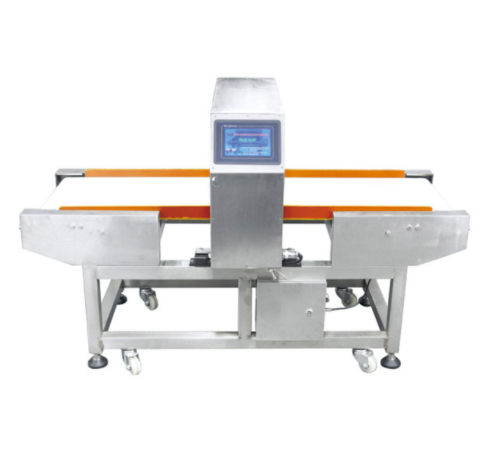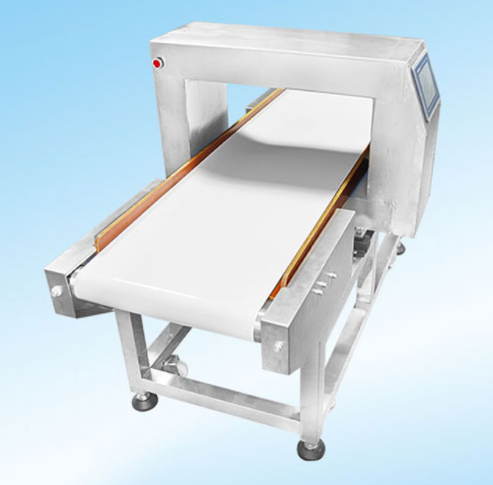©Copyright 2002-2025 JKDC Security Co., Limited. All rights reserved. Privacy Policy | Terms and Conditions Site Map
Provide One-stop Security Solution for a Safer World
Metal detector is an instrument specially used to detect metal. In addition to detecting mines with metal shells or metal parts, it can also be used to detect wires hidden in walls, water pipes and cables buried in the ground, and even Be able to explore treasure underground and find metal objects buried in the ground.
Metal detectors can also be used as a tool for youth national defense education and popular science activities, and of course it is also an interesting entertainment toy. It is specially used for the detection of iron and non-ferrous metal impurities in foods such as meat, fungi, candy, beverages, grains, fruits and vegetables, dairy products, aquatic products, health products, additives and condiments; chemical raw materials, rubber, plastics, textiles, Detection of metal impurities in leather, chemical fiber, toys, medicine, health products, biological products, cosmetics, gifts, packaging, and paper products.
A typical metal detection system consists of the following four main components:
Detection head
The detector coil, or called the detector head, has a built-in "balanced coil". Three coils are wound on a non-metallic frame or former. The coils are completely parallel to each other. The coil (transmitting coil) in the middle generates a magnetic field through high-frequency current. The two coils on both sides of the middle coil are receiving coils.

Since these two coils are exactly the same and keep the same distance from the transmitter, their induced electromotive force is exactly the same. When these coils are connected in reverse, the electromotive force cancels each other out, thus forming a "zero output", that is, reaching a state of equilibrium.
Then it is poured with cement to ensure that when no product passes through, the magnetic field is in a dynamic equilibrium state, and is not affected by external environments such as temperature changes, vibration, and electromagnetic interference.
During detection, the product passes through three coils one after the other. If it contains metal foreign objects, the balance of the magnetic field will be broken and induced current will be generated to detect various metal foreign objects.
Control Panel
The user interface/control panel, commonly including touch screen type and button type, is generally installed directly on the detection head. However, if the sensor head is too small or installed in a place where traffic is inconvenient or inaccessible, it can be installed remotely using a connecting cable.

Transmission system
The conveying system is used to make the product pass through the opening. The most commonly used conveying device is the horizontal conveyor belt type. At the same time, for different product applications, you can choose the gravity drop type (powder or particles conveyed in the pipe) or the horizontal pipe type (liquid and fluid) And the plastic guide groove commonly used in the pharmaceutical industry.
Automatic rejection system
The automatic rejection system is used to reject any infected products out of the production line and is usually installed on the transmission system. There are many different types, including blowing type, push rod type, flap type and so on. The type of rejection system will depend on the product that needs to be tested.
Our metal detectors have beautiful appearance, light weight, ABS shell quality: equipped with automatic alarm and automatic return equipment: strong anti-magnetic interference ability, high reliability and sensitivity. If you are interested, you can visit our website for details.